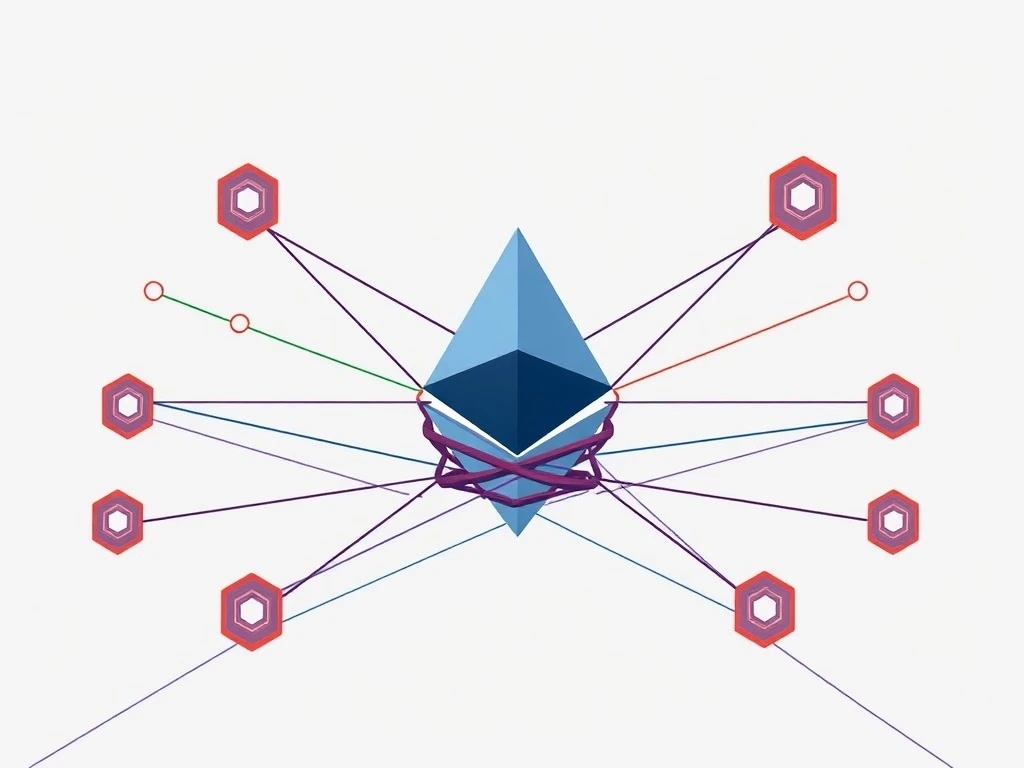The rapid adoption of layer 2 solutions raises serious concerns about crypto’s core promise of decentralization. These scaling solutions, while addressing transaction speed and cost issues, fundamentally compromise the trustless nature that makes blockchain technology revolutionary.
The Three Pillars of Decentralization Under Threat
True decentralization requires three critical components working in harmony. Firstly, transaction inclusion must remain open and permissionless. Secondly, transaction ordering needs decentralized consensus. Thirdly, execution correctness demands verifiable validation. Unfortunately, current layer 2 implementations fracture all three pillars simultaneously through centralized sequencers.
How Layer 2 Decentralization Fails in Practice
Most rollup-based solutions operate with single sequencer models. These centralized entities control:
- Which transactions get included in blocks
- The exact order of transaction processing
- Execution timing and prioritization
This centralized control creates significant vulnerabilities. Markets already price in this “sequencer risk” through asset valuation discounts.
The Execution Guarantee Illusion
Zero-knowledge rollups provide execution correctness guarantees through cryptographic proofs. However, perfect execution means little when transactions face:
- Selective exclusion by sequencers
- Intentional processing delays
- Strategic reordering for maximum profit
Without public, immutable records of transaction attempts, censorship remains undetectable and unpunishable.
The L2 to L1 Transformation Paradox
Proponents often claim layer 2 solutions will decentralize eventually. However, achieving true decentralization requires:
- Decentralized consensus mechanisms
- Distributed sequencer networks
- Trustless execution guarantees
Implementing these features essentially transforms layer 2 solutions into independent layer 1 blockchains.
Scaling Ethereum Without Compromising Decentralization
Ethereum development should prioritize native scaling solutions rather than relying on parasitic layer 2 networks. Key improvements could include:
- Enhanced consensus mechanisms
- Improved execution layer efficiency
- Optimized data availability solutions
These upgrades would maintain Ethereum’s neutrality while preserving fee revenue and user confidence.
Frequently Asked Questions
What are the main decentralization risks with layer 2 solutions?
Layer 2 solutions risk centralization through single sequencer control over transaction inclusion, ordering, and execution timing. This creates potential censorship and manipulation vulnerabilities.
How do optimistic rollups differ from ZK-rollups in decentralization?
Optimistic rollups rely on challenge periods for execution correctness, while ZK-rollups use cryptographic proofs. Both typically use centralized sequencers for transaction ordering and inclusion.
Can layer 2 solutions become truly decentralized?
Achieving full decentralization would require implementing features that essentially make layer 2 solutions function like layer 1 blockchains, defeating their original purpose as scaling solutions.
What alternatives exist to layer 2 scaling?
Ethereum could implement native scaling through consensus improvements, execution layer optimizations, and enhanced data availability solutions without relying on external layer 2 networks.
How does sequencer risk affect cryptocurrency valuations?
Markets price sequencer risk through valuation discounts on assets bridged to layer 2 networks, reflecting concerns about centralized control and potential manipulation.
What are the three pillars of blockchain decentralization?
The three critical components are transaction inclusion (who can participate), transaction ordering (how transactions are sequenced), and execution correctness (verifiable transaction processing).








